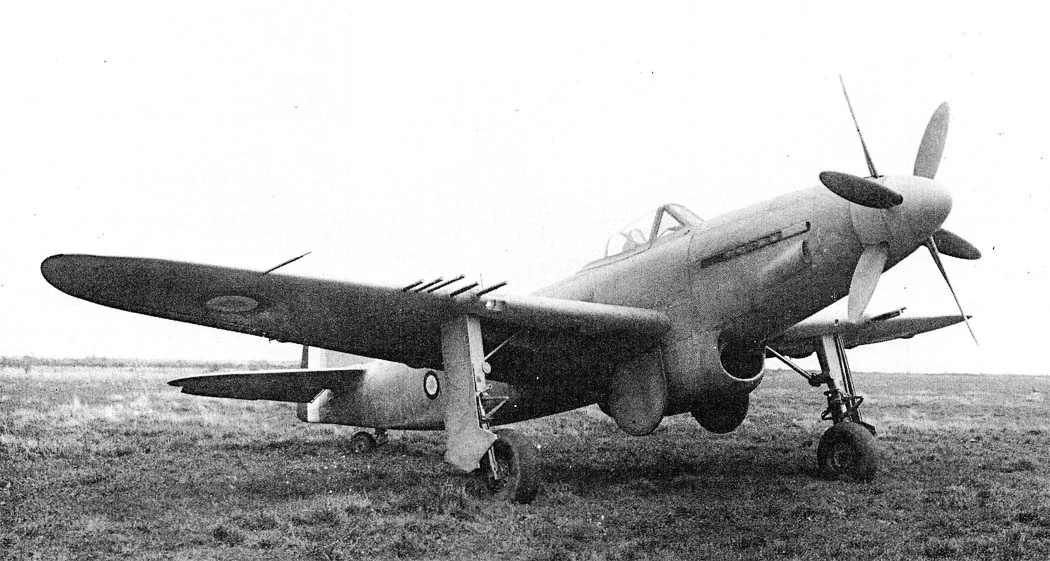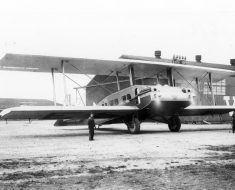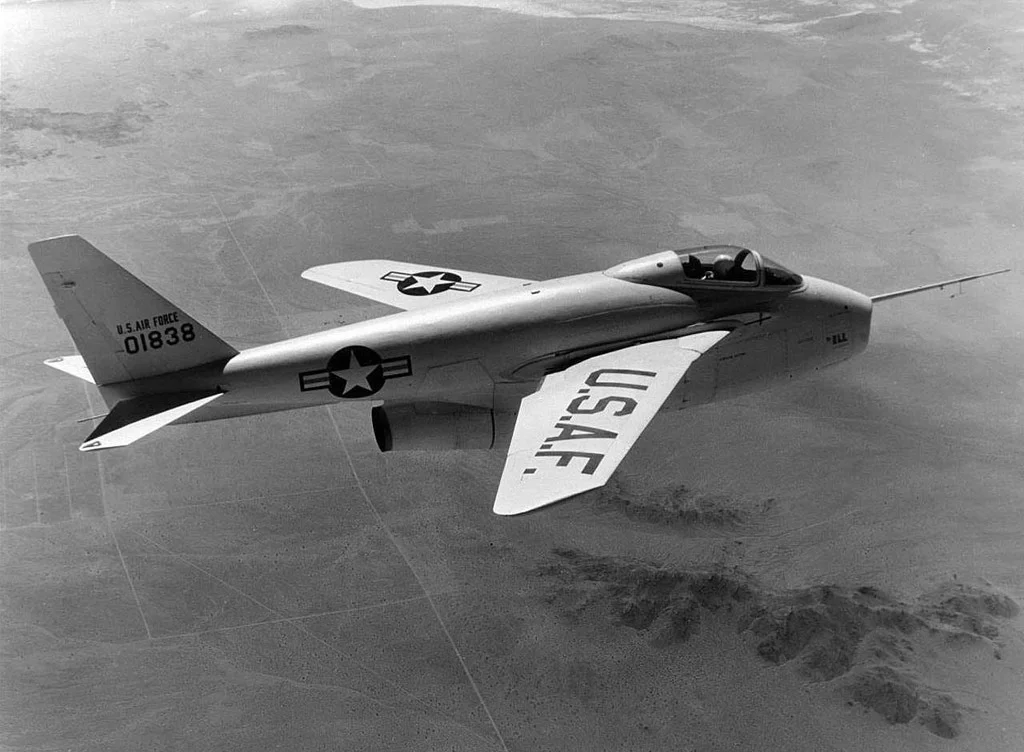The title of the biggest biplane ever built goes to the Caproni Ca.90, a gigantic Italian bomber created in the 1920s. This beast could carry more bombs than a B-17, and had a larger wingspan than the B-29.
It instantly dwarfed almost everything else around in its day, and by all accounts was a nice aircraft to fly. But its size would be its own undoing.
Contents
Development
The Ca.90 was the brainchild of famed Italian aviator and aeronautical engineer Giovanni Battista Caproni. Born in 1886, he showed an interest in engineering and technologies from an early age, but it was after witnessing a demonstration by the Wright Brothers in the early 1900s that he became fascinated with aircraft.
In 1908 he established the aircraft manufacturing company Caproni. In 1910, he flew his first powered aircraft, the Ca.1.
He witnessed and participated in the infancy of aviation, and made great contributions to the field. When the First World War began, he focused his skills and experience on creating bombers to help the Allied war effort.

His Ca.30 series of bombers saw great success, and were even exported abroad.
When the war ended Caproni switched directions and aimed his aircraft at the civilian market, like passenger, cargo and mail transport. He also showed a keen interest in flying boats, believing that they could grow larger than land aircraft and access remote areas more easily.
In the 1920s he would create the Caproni Ca.73, a large biplane that could function as a bomber or a transport. This twin-engine machine had an all-metal structure.

The Ca.73 was produced in respectable numbers across a few different models, including a more powerful four engine bomber.
However, Caproni wanted to go bigger. How big? How about the biggest land-based aircraft in the world!
Read More Do 31, a Great Idea, so what Happened to it?
He envisaged an enormous biplane that followed the same design as the Ca.73, but significantly scaled up. Named the Ca.90, its primary purpose was a bomber, but if needed it would be able to be converted into a civilian passenger or cargo transport.

Reflecting his interest in flying boats, Caproni designed the Ca.90’s fuselage to be waterproof so he could derive a waterborne variant from it in the future.
The Ca.90 was so large that the only aircraft that would beat it in size was the Dornier Do X flying boat.
Caproni’s creation was completed in 1929, and took its first flight that year.

Caproni Ca.90 Design
The Ca.90 went by a few different names, like “90 P.B.” (P.B. standing for Pesante Bombardiere, or Heavy Bomber). It was also known as the Caproni 6,000, in reference to its total horsepower.
As mentioned, it followed the Ca.73’s general layout, and also like the Ca.73, the Ca.90’s airframe was of all metal construction from strong steel tubing. The tubes were connected together with joints, but for the required strength, these joints were made from billeted chrome-nickel steel.
Read More The Handley Page HP.115, the Concorde Test Bed
The framework was covered by cloth doped in emaillite, a paint that gives fabric extra rigidity and makes it smoother for improved aerodynamics. The nose was covered by corrugated duralumin.

Its silhouette was dominated by its gigantic pair of wings. Unusually for a biplane, both of the Ca.90’s wings were mounted above the fuselage, this gave the already-huge aircraft a staggering height of 10.8 meters (88 ft)! This was almost twice as tall as a B-17.
At the very top was a 34.9 meter (114 ft) wing, held in place by four metal struts and diagonally-crossed cables.
There was a machine-gun position located front and center of this wing, presumably occupied by an aviator of a fearless nature.
The lower wing was much larger, measuring 46.6 meters (153 ft) from end to end. This was one of the largest wings in the world at the time, and helped give the Ca.90 great lifting power.

Between the wings were six engines. These were in a mirrored arrangement of three at the rear pushing, and three at the front pulling. These engines were Isotta Fraschini Asso 1000s, some of the most powerful available at the time.
The Asso 1000 was a W18 engine, with three six-cylinder banks arranged into a “W” shape. Displacing 57 litres (3,500 cu), it produced 1,000 hp – a seriously impressive amount for the time.
Read More The Swoose is the Oldest Surviving B-17 Flying Fortress
The front facing engines had their radiators directly behind the propellers, while the rear engines had their radiators mounted separately so they could still face into the incoming wind.

Below the wings and engines was the 27 meter (88 ft) long fuselage. The fuselage had a square cross section, and, as mentioned, was designed to be adapted for use on water if needed.
Access was granted via a large door near the front of the fuselage.
The huge size of the fuselage gave it an equally cavernous interior that could be traversed all the way up to the tail.

Inside was a large bomb bay that could carry up to 8,000 kg of a variety of bombs, from 800 kg to 100 kg types. This space could also double as a large cargo hold for civilian purposes.
Also, for longer distance flights, some of this space could be used by additional fuel tanks to increase the Ca.90’s range.
At the very front of the fuselage, on top of the nose, was another machine gun position. The cockpit was located directly behind this and did not have a canopy, so the pilot was exposed to the elements.

Further along the fuselage were more gun positions: two side-by-side on top of the fuselage behind the engines, two in the waist, and one in the belly.
Underneath the aircraft was the landing gear, which was proportionately large. Two struts, connected to both the fuselage and lower wing, protruded below the fuselage and were fitted with two 2 meter-wide wheels.
Read More The NC.1071 Wanted to Fall Apart on Every Flight
All of this made the Ca.90 a very heavy aircraft for its day. Empty, it weighed 15,000 kg (33,000 lbs), but fully loaded it weighed 30,000 kg (66,000 lbs).

If some safety measures were bypassed, its maximum take off weight could be increased to 35,000 kgs (77,000 lbs).
Its six engines were able to get this lumbering beast up to a top speed of 127 mph (205 kph) and a maximum altitude of 4,500 meters (15,000 ft).

The Ca.90’s Service
The Ca.90 was a pioneering design that was staggeringly large and capable for its day. It had a larger payload than the much later B-17, and was capable of transatlantic travel.
It first took to the air on October 13, 1930. When it first flew, it was the largest land-based aircraft in the world, and still remains the largest biplane ever built.
It was found to be easy to control.

This was because Caproni went to great lengths to ensure this enormous aircraft was physically easy to fly. Servos and balanced control surfaces meant the Ca.90 was no harder to fly than a standard-sized aircraft and could be flown by a single pilot.
In 1930 the Ca.90 broke a number of world records, climbing up to 3,200 meters (10,500 ft) with an impressive load of 10,000 kg. It also broke endurance records with various payloads.
However, despite the aircraft’s clear capabilities and reliable performance, Italy was not interested in accepting the Ca.90 into service due to disagreements on strategic bombing, which was still a new concept at the time.

It was handed to the 62nd “Sperimentale Bombardamento Pesante” (Experimental Heavy Bombardment) squadron for further evaluation, but in the end the Ca.90 would not be developed further. Only one was built.
Read More France’s NC.3021 Belphégor Was Huge!
As mentioned, Caproni planned to develop a flying boat version of the Ca.90, the Ca.91, but information about this aircraft is scarce and it seems little work was actually done.







